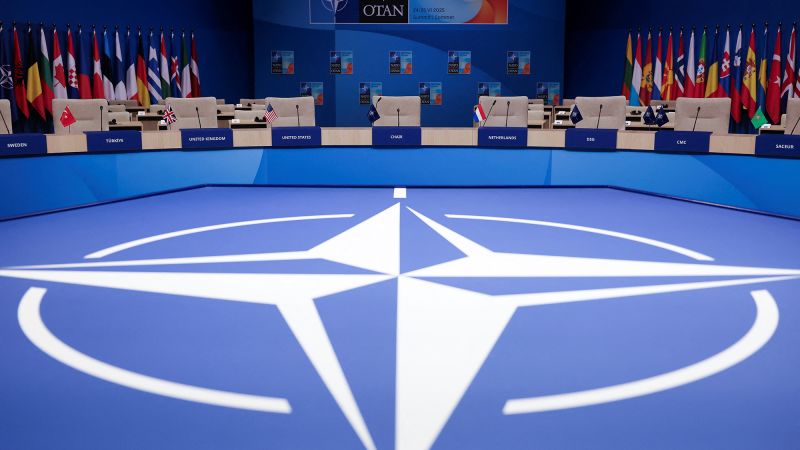
NATO, the 32-member international military alliance, has announced plans to significantly increase its security and defense investment over the next decade. The initiative, aimed at strengthening collective defense capabilities amid rising global tensions, is expected to involve multibillion-dollar commitments.
The planned investments will bolster NATO’s military readiness, modernize equipment, and enhance interoperability among member states. These enhancements come as part of the alliance’s response to evolving threats, including cyberattacks, hybrid warfare, and geopolitical instability in Eastern Europe and other regions.
However, the ambitious spending strategy poses significant challenges for several European NATO members grappling with high national debt and rigid fiscal constraints. Countries such as Italy, Greece, and others face difficult trade-offs between meeting NATO obligations and adhering to domestic budgetary limits.
Despite these concerns, NATO leadership has emphasized the importance of maintaining unity and preparedness in a shifting global security environment. Leaders argue that the collective defense effort must take precedence, particularly in light of increasing pressures from rival powers and the ongoing war in Ukraine.
The proposed spending plan is expected to be a key topic at upcoming NATO summits and consultations, where member states will negotiate specific contributions and timelines. The debate is likely to center on how best to balance the alliance’s strategic goals with the financial realities faced by its members.
While details of the investment timeline and individual country allocations remain under discussion, the announcement underscores NATO’s intent to reinforce its role as a key pillar of transatlantic security well into the next decade.
Source: https:// – Courtesy of the original publisher.








